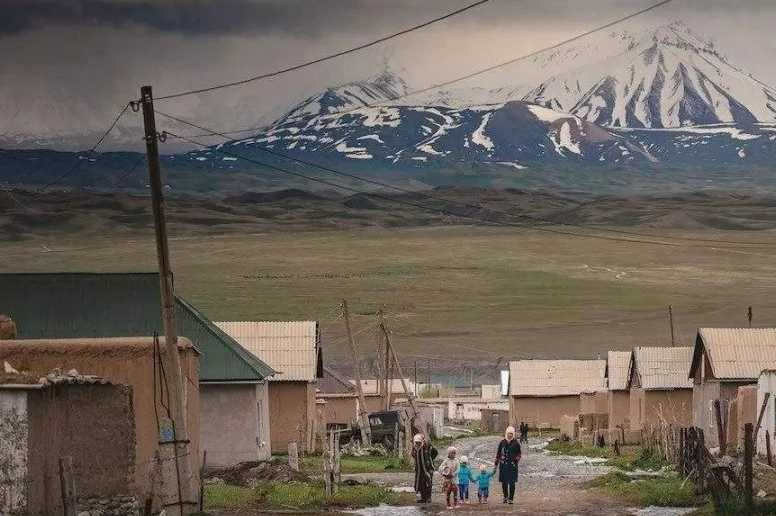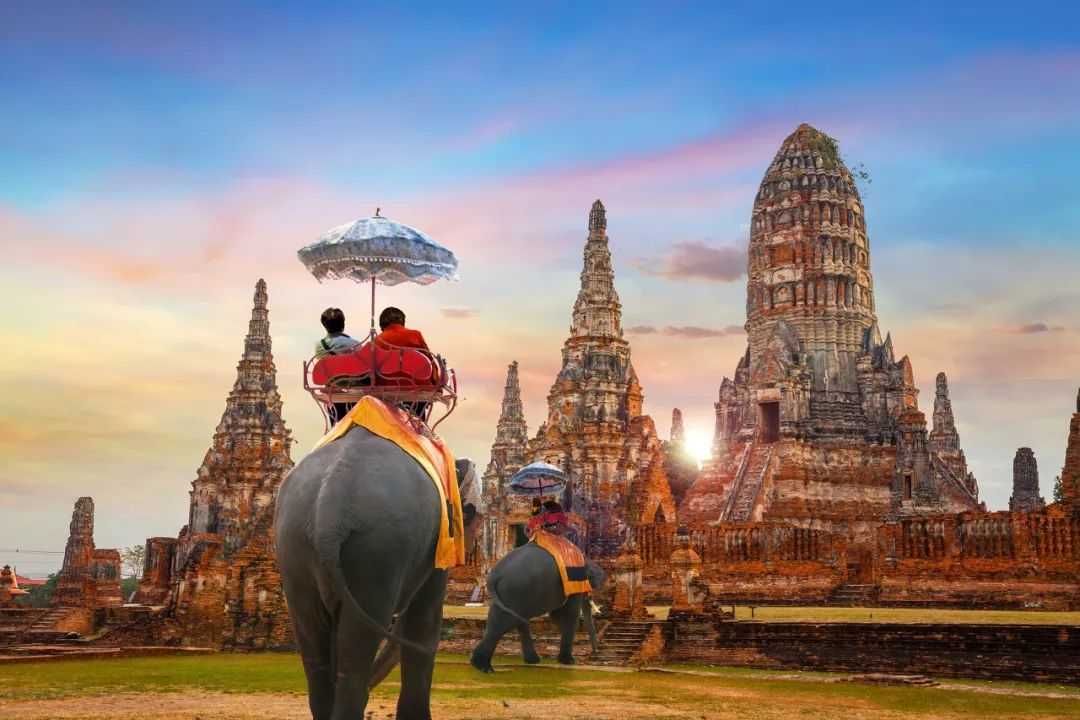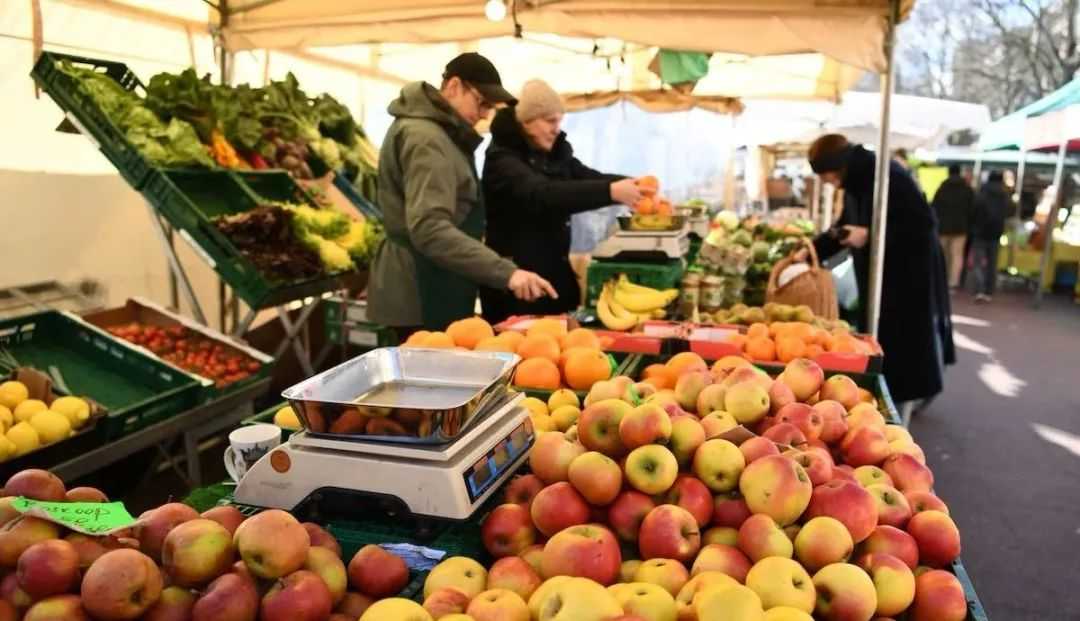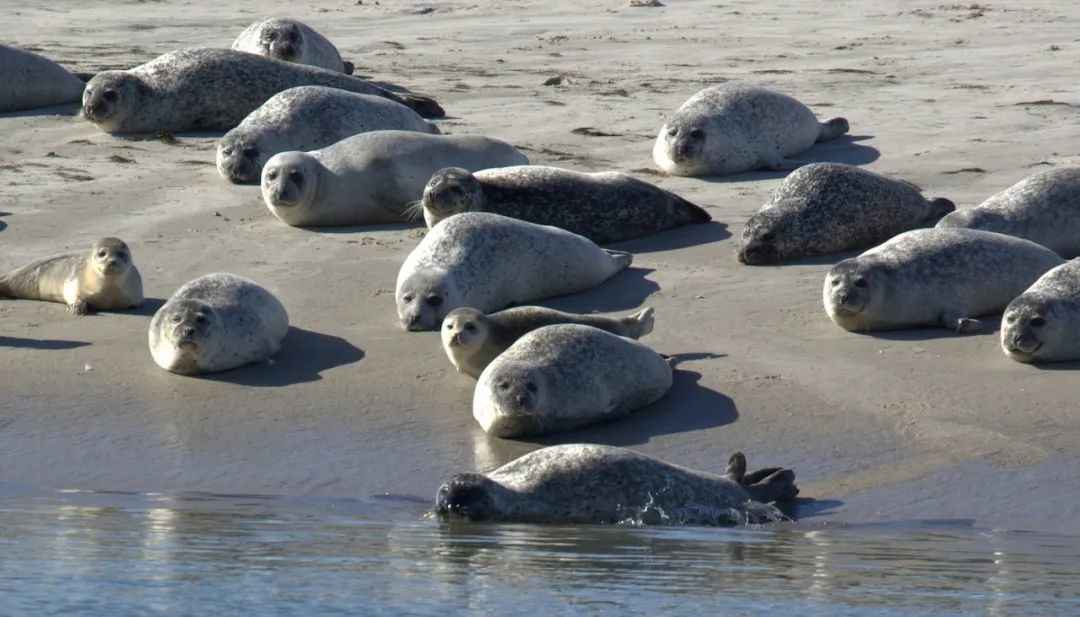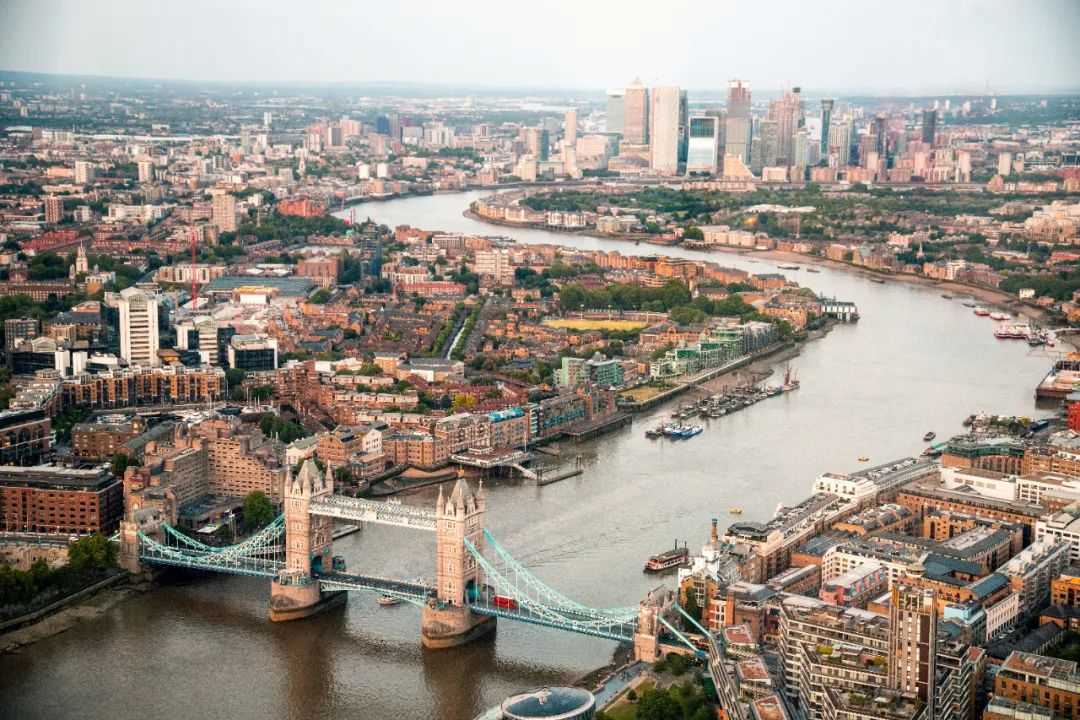The harsh winters exacerbate struggles: frigid temperatures and inadequate infrastructure leave families unable to afford heating, while meager wages—often below $100 monthly—barely cover essentials. To survive, over 1 million Kyrgyz migrants, mostly young men, seek work in Russia and Kazakhstan, sending home remittances that accounted for 18.6% of GDP in 2023, down from 30% in 2021 but still a lifeline for millions. These funds sustain households but also expose the economy to external shocks, such as Russia’s economic volatility.
Structural challenges hinder progress. The economy relies heavily on gold mining (15% of GDP) and agriculture, sectors vulnerable to price fluctuations and climate risks. Corruption and bureaucratic inefficiencies deter foreign investment, while state-led nationalizations—like the 2022 takeover of the Kumtor gold mine—have stifled private-sector growth. Education and healthcare remain underfunded: 25% of adults are illiterate, and rural schools often lack basic resources, perpetuating generational poverty.
Recent strides offer cautious hope. Resolving decades-long border disputes with Uzbekistan and Tajikistan in 2024 has improved regional stability, potentially unlocking cross-border trade opportunities. The government aims to diversify the economy through projects like the China-Kyrgyzstan-Uzbekistan railway, set to boost connectivity and trade by 2026. However, these efforts are overshadowed by persistent inequality and political infighting, which have eroded public trust in institutions.
As Kyrgyzstan navigates its 2026 graduation from "least-developed" status, the path ahead remains perilous. Without urgent reforms to address corruption, enhance education, and create sustainable jobs, the nation’s vast mineral wealth and strategic location may remain untapped, leaving its people trapped in a cycle of despair. The 2020 protests were a wake-up call; now, the world watches whether Kyrgyzstan can transform its potential into lasting prosperity.
